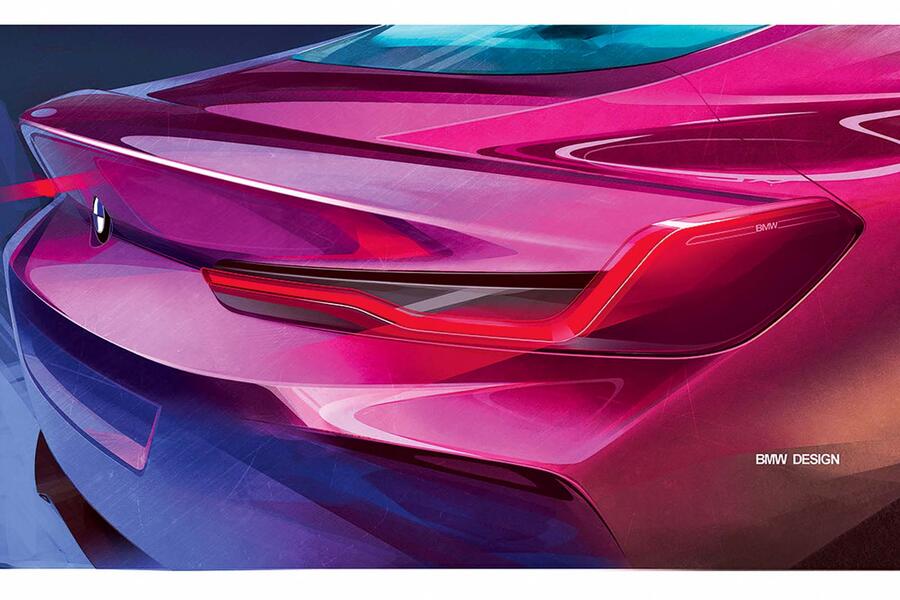“As Adrian van Hooydonk, BMW’s design chief, once said to me: ‘BMW is happy to rekindle the past but does not worship the flames.’”
BMW roundel

“For BMW people, the badge and its deployment can be a conversation that lasts for hours.
“It’s always applied to the centre of the bonnet but, on three models – the original CSL, last year’s limited-run 3.0 CSL and the X2, just out of production – to the rear pillar as well.
“Designers are always trying to put the roundels on and they’re always being told to take them off, the argument being that one should be able to recognise a BMW without badges.
“One designer got very close to putting one on his concept car last year but, very late in the day, was told: ‘No!’”
L-shaped rear lights

“This classic device emerged in the mid-1980s when Wolfgang Reitzle, then an upcoming engineer, saw the ‘E32’ 7 Series in development and, horrified by its narrow body, insisted it must be widened.
“Rather than just add a bit in the middle, the designers emphasised the increased width with no fewer than six quad headlights (they were changed to four round ones for production) while, at the rear, they added an integrated boot spoiler and L-shaped lights that turned up at the ends to emphasise it.
“The style of BMW rear lights continues to evolve. On last year’s Vision Neue Klasse saloon, they form the rear spoiler as a different way of acknowledging the E32 7 Series’ then novel integrated boot spoiler.”
Legacy colour

“The vibrant orange that BMW occasionally uses first appeared on the E25 Turbo gullwing show car of 1972. It was the idea of Paul Bracq, BMW’s chief designer in the 1970s.
“Bob Lutz, then BMW’s executive vice-president of sales, wanted a show car that would put the company on the map for style. He suggested it be styled as a safety car, in bright safety colours.

